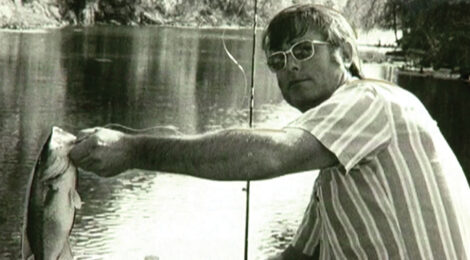
Texas Bass: The Past, Present and Future
History, techniques, and Pro’s tips provides great insight to the evolution big Lone Star bass.
Story and photography by Matt Williams
It’s February in Texas. All you big bass junkies out there had better put those game faces on and get ready to rumble. The time is ripe to tangle with a big one.
The biggest bass are always females. Most will be of full of eggs now and at peak weight ahead of the spring spawn.
Fisheries experts have told me a mature female bass with egg-swollen ovaries will weigh about 10 percent heavier than it will weigh without. A bass that weighs 10 1/2 pounds in October should push 11 1/2 pounds in February. A fish could weigh considerably more if caught soon after dining on a 1 1/2-pound crappie or fat gizzard shad. It happens.
Former Toyota ShareLunker caretaker and Texas Freshwater Fisheries Center hatchery manager Tony Owens handled hundreds of heavyweight bass over the years before retiring from the Texas Parks and Wildlife Department last summer.
On multiple occasions, Owens found crappie and other sizable forage that were regurgitated by ShareLunkers soon after the big bass were placed in TFFC holding tanks, fittingly called “Lunker Bunkers.”
The biologist also witnessed the gluttonous behavior of big bass in real time. ShareLunkers are often fed rainbow trout during their stays at the TFFC.
“A 13-14 pound bass will suck in and swallow a 10-12 inch trout in nothing flat,” said Owens. “I’ve seen them do it more than once.”
Dissecting the Top 50
An army of giants have been caught in Texas over the years. At last count, more than 90 Lone Star reservoirs had produced lake records weighing 13 pounds or more.
************************************************************************
To read more, click here to SUBSCRIBE







